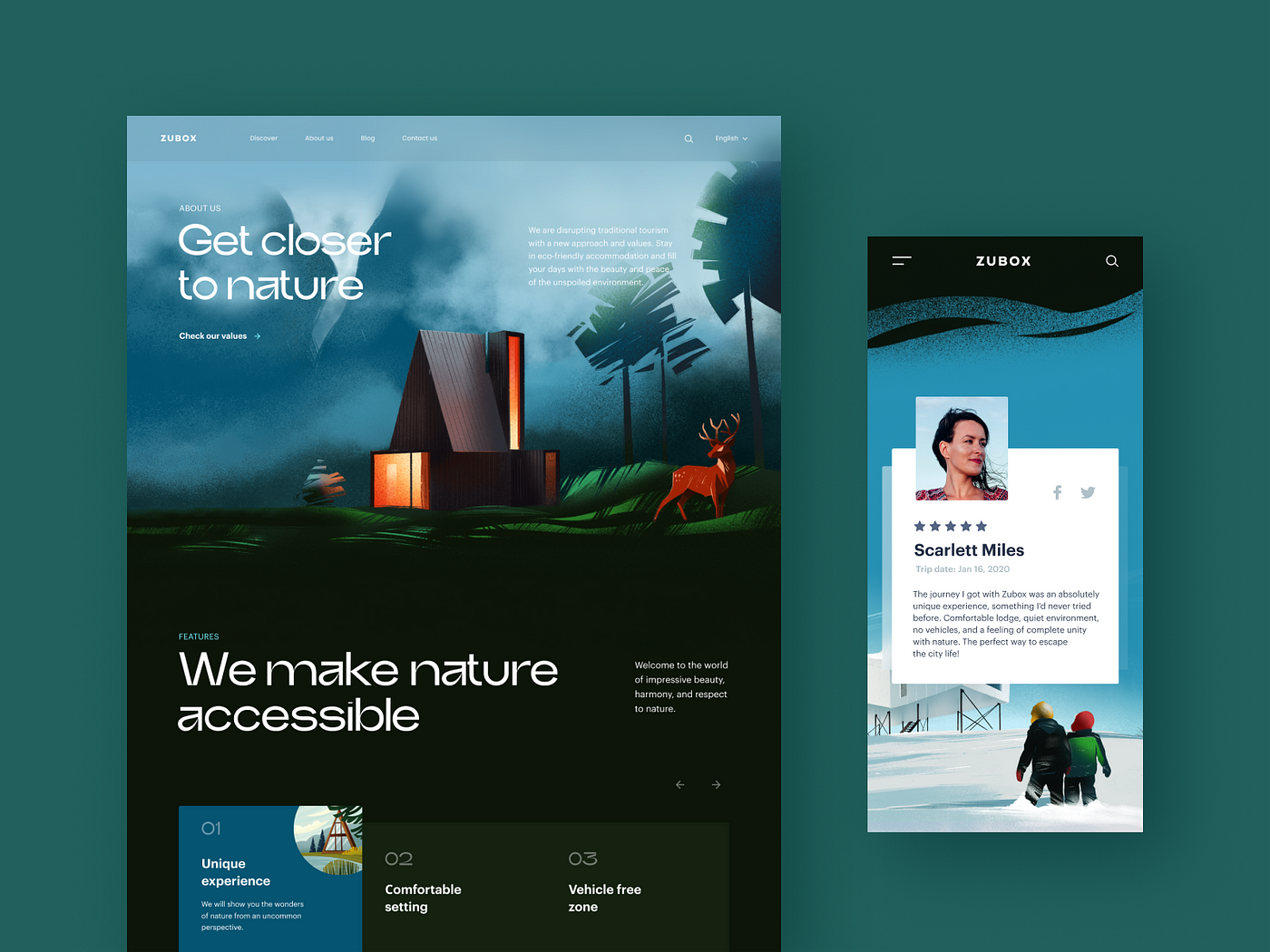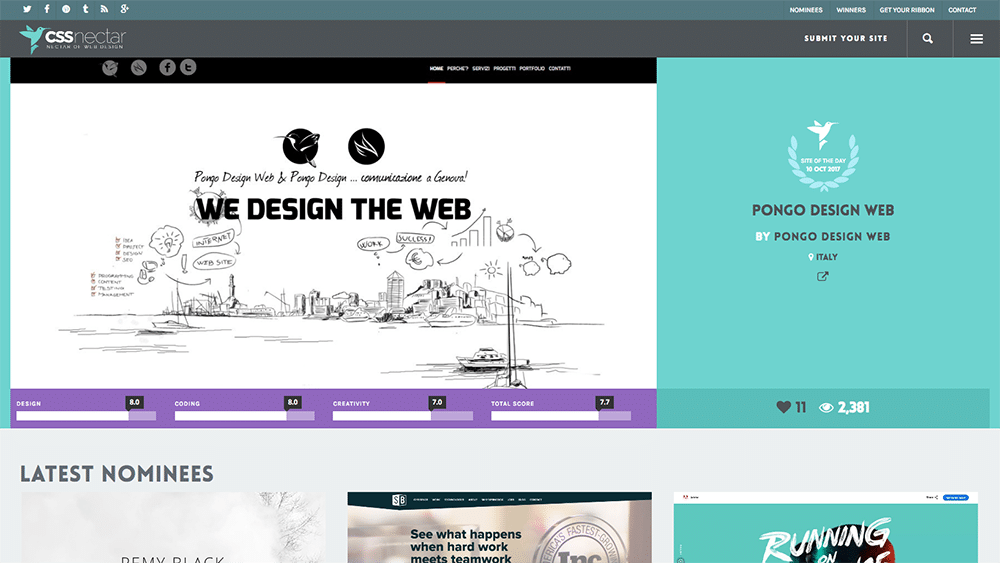The Ultimate Guide to Picking the Right Web Design Johannesburg Firm
The Ultimate Guide to Picking the Right Web Design Johannesburg Firm
Blog Article
Deciphering the Intricacies of Receptive Internet Style and Its Effect on Ease Of Access and Performance Across Different Gadgets
Receptive web layout (RWD) has arised as a fundamental technique in developing digital experiences that are both obtainable and functional across varied devices. By integrating strategies such as liquid grids and CSS media queries, RWD not just boosts user interaction yet also addresses important accessibility issues for people with disabilities.
Comprehending Receptive Internet Layout
Responsive website design symbolizes the concept of flexibility, guaranteeing that internet sites offer an ideal viewing experience throughout a variety of devices and display sizes. This technique uses adaptable grids, formats, and images, enabling the content to dynamically change based on the individual's gadget. The increase of mobile web use has actually made receptive style not simply a pattern, yet a need for modern-day internet growth.
At its core, receptive website design highlights fluidness and scalability. By using CSS media inquiries, designers can tailor styles to varying screen measurements, ensuring that message continues to be understandable and photos are presented suitably. This strategy suits the varied variety of gadgets, from mobile phones to big desktop displays, promoting smooth navigating and interaction.
Furthermore, responsive web layout boosts individual interaction by decreasing the need for too much zooming or straight scrolling, which can interfere with the user experience. By focusing on availability, organizations can reach a more comprehensive target market, guaranteeing that all users, no matter of tool, can access content effectively. Inevitably, comprehending responsive website design is essential for developing web sites that are not only aesthetically attractive but user-friendly and likewise functional throughout diverse platforms.

Trick Concepts of RWD
Emphasizing versatility and user-centric layout, the crucial concepts of receptive web layout (RWD) rotate around creating a seamless experience no matter the device being utilized. One essential principle is fluid grids, which use family member systems like portions as opposed to fixed measurements. This method makes sure that design aspects adapt proportionally to varying screen sizes, maintaining aesthetic comprehensibility.
One more essential principle is flexible photos and media, which resize within their consisting of aspects. web design Johannesburg. By employing CSS strategies such as max-width, developers can avoid images from surpassing their moms and dad containers, guaranteeing that visuals remain sharp and suitably scaled across devices
In addition, media inquiries play a pivotal duty in RWD, enabling developers to use particular CSS designs based on the characteristics of the tool, such as orientation, elevation, and width. This capacity enables customized experiences that enhance use and engagement.
Moreover, a mobile-first method is significantly favored, where layouts prioritize smaller displays and progressively boost for larger gadgets. This concept not only maximizes performance however additionally deals with the expanding prevalence of mobile surfing. Jointly, these principles form the backbone of receptive website design, fostering a easy to use and versatile electronic atmosphere.

Influence On Availability
The combination of responsive web design plays an important function in enhancing accessibility for all customers. By taking on a versatile layout that adapts to differing screen sizes and alignments, receptive design ensures that web content stays clear and easily accessible despite the device made use of. This versatility is especially substantial for individuals with handicaps, that may count on assistive innovations that function better when web content is structured responsively.
Moreover, responsive website design reduces the chance of problems such as straight scrolling, which important site can impede customers with motor disabilities or visual problems. By offering a regular individual experience throughout devices, developers can prioritize availability features such as keyboard navigating and screen visitor compatibility, enabling a more comprehensive electronic environment.
Additionally, online search engine significantly favor responsive styles, which can boost visibility for individuals looking for accessible material. Because of this, businesses and organizations are urged to adopt these methods not just to abide by accessibility standards however additionally to get to a broader audience. Ultimately, responsive web style is crucial in advertising equitable access to details and services across diverse individual groups, thus promoting an inclusive electronic landscape.
Performance Throughout Tools

In addition, the performance of web applications can vary dramatically across devices. Mobile gadgets usually have limited processing power and slower web links, which can influence filling times and total user experience. It is essential for designers to enhance pictures, manuscripts, and various other read review sources to make certain that efficiency remains consistent and efficient, no matter of the tool being made use of.
In addition, the format and framework of web content have to adjust fluidly to various display dimensions to preserve functionality. This versatility not only improves individual engagement but also reduces aggravation, ultimately leading to higher retention prices. In recap, prioritizing performance throughout gadgets is necessary for producing a effective and inclusive web presence that accommodates the varied requirements of users.
Ideal Practices for Execution
Carrying out responsive website design successfully needs a strategic strategy that focuses on individual experience and accessibility. To attain this, begin by adopting a mobile-first layout approach, which emphasizes developing an ideal experience for smaller displays before scaling approximately larger devices. This technique guarantees that important web content is prioritized which functions are seamlessly incorporated.
Next, use fluid grids and versatile layouts. Utilize relative devices, such as percentages, as opposed to fixed devices like pixels - web design Johannesburg. This adaptability permits content to resize dynamically based upon the display's dimensions, improving usability throughout numerous devices
In addition, incorporate media questions to apply particular CSS regulations based on the attributes of the device, such as resolution, size, and height. This targeted strategy enables customized experiences that deal with the distinct abilities of each tool.
Additionally, prioritize access by ensuring that all interactive elements are quickly accessible via touch or keyboard. Carry out semantic HTML to boost screen reader compatibility and preserve high comparison proportions for readability.
Verdict
To conclude, responsive website design functions as a fundamental component in developing accessible and functional electronic experiences throughout varied tools. By incorporating liquid grids, adaptable images, and click this site CSS media queries, responsive design not only enhances user engagement but also promotes equitable accessibility to information for all people, consisting of those with disabilities. Abiding by finest methods in execution ensures that websites remain adaptable, ultimately promoting a much more comprehensive digital atmosphere that meets the varying demands of customers.
Receptive web design (RWD) has arised as a basic technique in producing digital experiences that are both useful and obtainable throughout diverse devices.Receptive web design personifies the concept of versatility, guaranteeing that websites give an ideal viewing experience throughout a range of devices and display dimensions.Emphasizing adaptability and user-centric style, the essential concepts of responsive web style (RWD) revolve around developing a seamless experience no matter of the gadget being used.Capability across tools is a crucial consideration in internet design, as customers engage with web content with a variety of systems, including smart devices, tablets, and desktop computers.In conclusion, receptive web style offers as a foundational component in producing accessible and practical electronic experiences throughout diverse gadgets.
Report this page